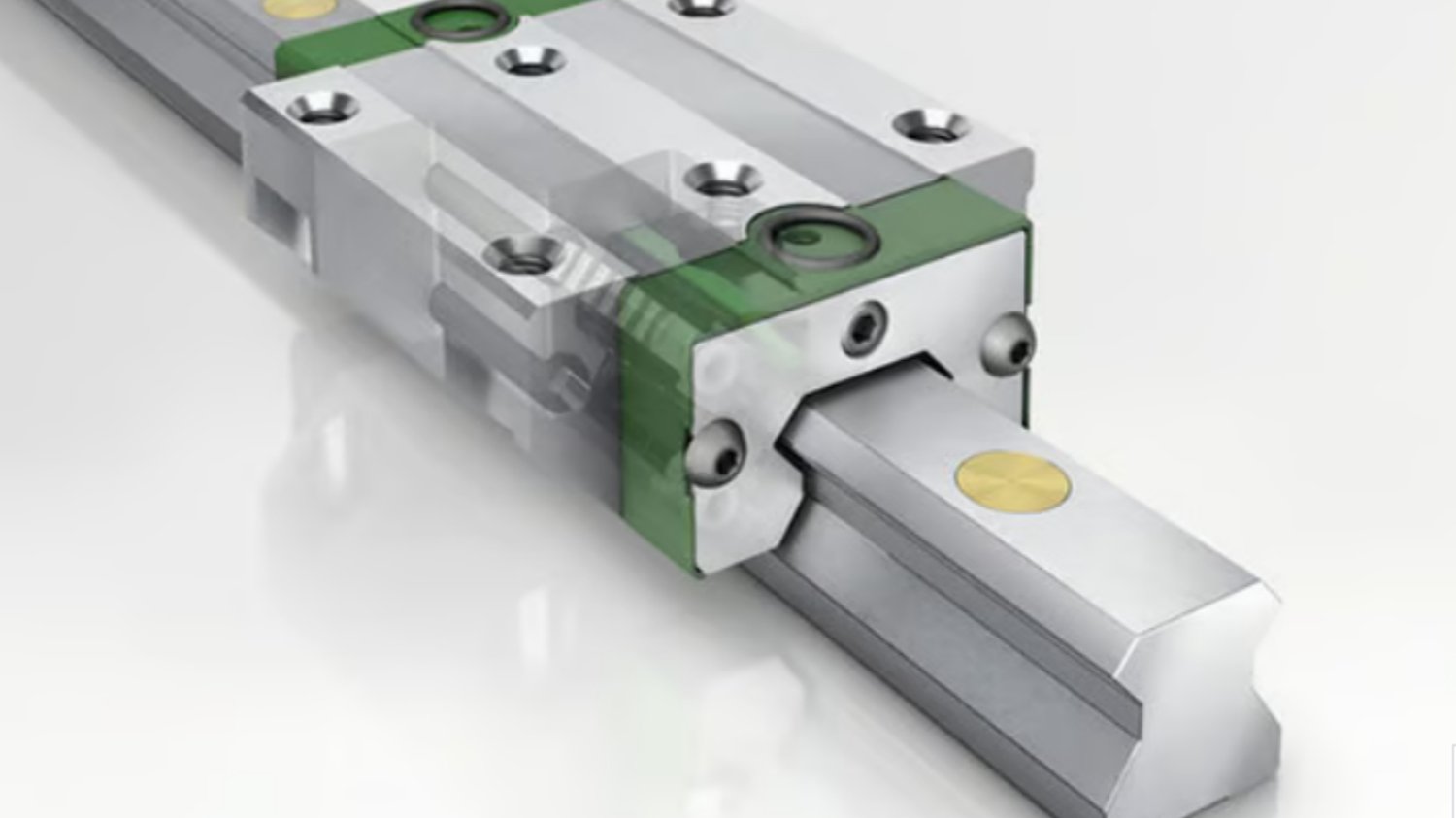What is a linear guide rail 3d model?
A linear guide rail 3D model is a digital representation of a linear guide rail that is constructed using 3D modeling software. It can be used to create virtual models of complex structures that can be used for design, testing, and manufacturing purposes. Linear guides are mechanical components that provide linear motion with low friction. They are commonly used in industrial and automation applications to guide linear motion in machinery and equipment.
How are Linear Guide Rail 3D Models Constructed?
Linear guide rail 3D models are constructed using advanced computer-aided design (CAD) software. These software tools allow designers to create complex 3D models using precise measurements and specifications. The 3D models are then rendered in three-dimensional space, enabling designers to assess the model from every angle and make necessary adjustments. The final 3D model can be exported in a variety of formats, including STEP, IGES, and STL files.
Why is a Linear Guide Rail 3D Model Important?
A linear guide rail 3D model is an essential tool for engineers and designers who need to design and test industrial and automation equipment. By creating a virtual model, designers can assess the performance of a linear guide rail in different scenarios, identify potential problems, and make necessary adjustments to the design. This saves time, resources, and reduces the risk of manufacturing defects.
Applications of Linear Guide Rail 3D Models
Linear guide rail 3D models can be used in a variety of applications, including automotive, aerospace, robotics, and manufacturing industries. They are used to design and test linear-guide-based machinery such as CNC machines, industrial robots, medical equipment, and semiconductor manufacturing equipment. Linear guide rail 3D models are also used to simulate motion control mechanisms for virtual prototyping and testing of motion control systems.
Benefits of Linear Guide Rail 3D Models
There are several benefits to using a linear guide rail 3D model. Firstly, they provide engineers and designers with a high level of precision and accuracy in designing and testing linear guide systems. Secondly, they can visualize the movement of the system in virtual space and measure real-world behavior. In addition, they allow designers to explore different design options and make necessary adjustments before the manufacturing process begins.
Customization of Linear Guide Rail 3D Models
Linear guide rail 3D models can be customized to meet specific design requirements. This includes the option to modify the length, width, and height of the model, as well as the type of material used to construct the guide rail. In addition, designers can add accessories such as mounting brackets and lubrication systems to the 3D model.
Cost of Linear Guide Rail 3D Models
The cost of a linear guide rail 3D model can vary depending on the complexity of the design and the software used to create the model. Some 3D modeling software tools are free, while others can cost several thousand dollars per year. In addition, the cost of manufacturing the linear guide rail will depend on the materials and production methods used.
Resources for Creating a Linear Guide Rail 3D Model
There are several resources available for creating a linear guide rail 3D model. 3D modeling software such as SolidWorks and AutoCAD can be used to create a 3D model from scratch, while online marketplaces such as GrabCAD and Thingiverse offer pre-made 3D models that can be downloaded for free or purchased for a fee.
Challenges of Creating Linear Guide Rail 3D Models
Creating a linear guide rail 3D model can be challenging, especially for those new to 3D modeling software. Precise measurements and accurate specifications are essential for creating an accurate model. In addition, the cost of 3D modeling software tools can be a barrier to entry for many designers and engineers.
Conclusion
In conclusion, linear guide rail 3D models are an essential tool for engineers and designers in the industrial and automation industries. They provide a high level of precision and accuracy in designing and testing linear guide systems, and they allow designers to explore different design options before manufacturing begins. While there are challenges to creating 3D models, there are many resources available to support designers in this process.

